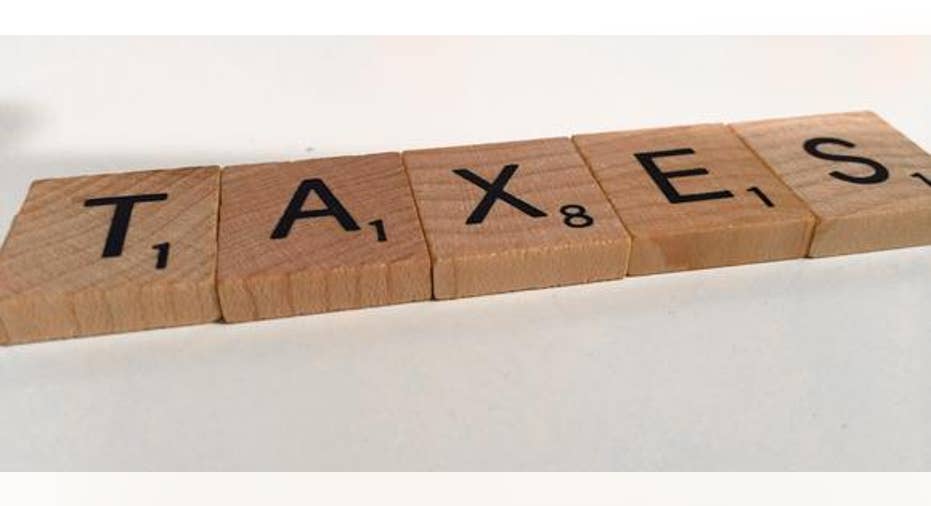Last Minute Tax Tips for Procrastinators

The tax deadline for filing your 2015 income tax return is April 18. We have been given an extra four days to prepare and send in our tax returns this year. You’re thinking that me, the tax and therefore, math expert, can’t add, right? You’re guessing it’s three days but don’t forget, this is a leap year. February 29 gave us all one extra day.
But all this extra time doesn’t mean much if you are a procrastinator. You may still be shoveling around that pile of paperwork saying, “Manana, manana.” It’s easy for lethargy to set in when it comes to numbers and coughing up more dough and data to the government.
If you haven’t made an appointment with your tax pro by now, I’d say tax tip number one is to NOT even try -- unless you’re in the mood for hearing scornful laughter. Almost all tax pros are up to their proverbial ears in alligators and will likely not have time to sort through your paperwork. Perhaps they will allow a drop off of your tax data to be pursued if time slows down and I’m sure they will be happy to file an extension for you.
Which brings me to tax tip number two: file an extension. If you are expecting a refund, you will not be required to pay anything with the extension form. You can file the extension for free by going to the IRS website and selecting IRS Free File from the homepage. Follow the prompts. This will buy you time until October 17, 2016.
Bear in mind that an extension is only an extension of time to file, not an extension of time to pay. If you anticipate owing taxes on April 15, you will want to make a payment of your full anticipated tax liability. Therefore you should complete IRS Form 4868, attach a check or money order and mail it to the IRS address indicated on the form’s instructions by April 18. It must be post marked that day, otherwise it will be considered late and subject to penalties and interest. I recommend you send it certified mail. Be sure to put your Social Security number, the tax year, and ‘Form 1040’ on the memo line of the check to ensure that it is credited properly to your tax account.
To be on the safe side, rather than sending a check, make an extension-related electronic credit card payment. See the instructions on Form 4868 to find out how to do this. You can also choose to pay any expected balance due by authorizing an electronic funds withdrawal from a checking or savings account. You will need the appropriate bank routing and account numbers. For information about these and other methods of payment, visit the IRS website or call 800-TAX-1040 (800-829-1040).
You can reduce your tax liability by making a contribution to your IRA or Health Savings Account. Be sure to let the plan manager know that you want this contribution credited to the 2015 tax year.
If you are required to make estimated tax payments, your first payment for 2016 taxes is also due on April 18. Use Form 1040-ES to make the payment.
My third tax tip involves timing. Make an appointment to see your tax professional sometime in May or June to finalize your tax return. Creating this deadline might whip you into shape to get the deed done. Remember that IRS penalties accrue dramatically. If you wait until October and you owe money, you will likely pay a 25% penalty plus interest. Penalties accrue at 5% per month and max out at 25%. This can get real expensive, real fast. It’s far cheaper to pay now – even if you have to use a credit card to do so.
Besides, in May or June your tax professional will be back from an extended vacation, refreshed and ready to tackle your tax return. She won’t be hard pressed like she was during tax season or in the last minute onslaught of the final October deadline.
If you prepare your own tax return, you can do so for free if your income was less than $62,000 by going to the IRS website and using the IRS Free File software. Or you can purchase tax preparation software which also allows electronic filing.



















